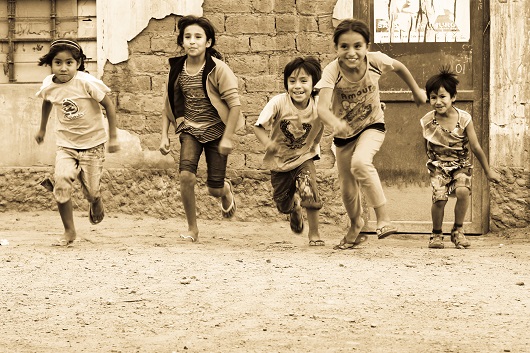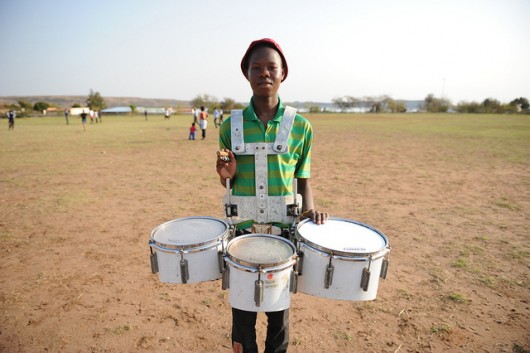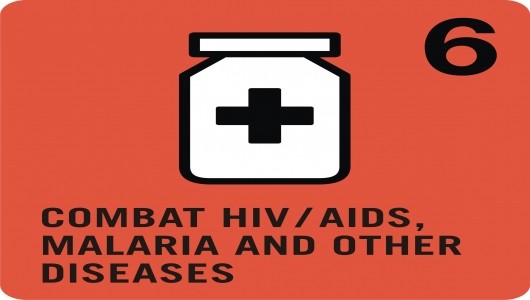
World Tuberculosis Day is held on March 24 annually to honor the date in 1882 that Dr. Robert Koch announced his discovery of the bacillus that causes the illness, Mycobacterium tuberculosis. The theme of World TB Day 2016 is “Unite to End TB.”
The Threat of Tuberculosis
The World Health Organization (WHO) states that tuberculosis or “TB” still kills more people today than any other communicable disease. In 2014, over 9.6 million people contracted TB and 1.5 million died from the disease. Over 1 million children fell ill with TB and 140,000 died from the disease.
In addition, the WHO reports that low to middle-income countries are the hardest hit in terms of annual TB cases. With more than one-quarter of all TB cases occurring in Africa, USAID has partnered with African Strategies for Health to develop a plan to deal with the epidemic of childhood TB in 12 African countries.
The analysis includes ideas (1) to fortify the ability of healthcare workers to diagnose children infected with TB; (2) to help with early identification of child TB, delays in diagnosis cost lives; and also (3) to make sure that there is treatment close to home.
MDG Improving TB Treatment
The WHO points out that there has been much advancement in the treatment of TB since the announcement of the Millennium Development Goals (MDGs) of the United Nation (UN). TB infection has fallen by an average of 1.5% per year since 2000 and is now 18% lower than in 2000. The death rate dropped almost 50% between 1990 and 2015 and approximately 43 million lives have been saved through TB treatment between 2000 and 2014.
In addition, the Millennium Development Goals for the treatment of TB by 2015 have been reached. Ending the TB epidemic by 2030 is among the health targets adopted by the U.N. Goal #3 of the Sustainable Development Goals to “ensure healthy lives and promoting well-being for all at all ages.”
TB is an airborne disease and relatively easy to contract and is often misdiagnosed. However, the disease is preventable. The WHO’s strategy is to cut new cases of TB by 80% and to reduce TB deaths by 90% between 2015 and 2030. The organization also want to ensure that no family affected by TB faces financial ruin.
– Rhonda Marrone

 As 2015 comes to a close and the world takes a look at the progress that has been made in global poverty relief, it is clear that significant progress has been achieved. The list of what has been accomplished is extensive, but here are some of the top
As 2015 comes to a close and the world takes a look at the progress that has been made in global poverty relief, it is clear that significant progress has been achieved. The list of what has been accomplished is extensive, but here are some of the top  The
The 


 Long idolized were the Millennium Development Goals, a set of eight targets created and adopted by the United Nations in 2000. Central to their aim was the eradication of global poverty by improving maternal health and access to clean water, food and education while reducing the number of people living on under $1.25 a day across the developing world.
Long idolized were the Millennium Development Goals, a set of eight targets created and adopted by the United Nations in 2000. Central to their aim was the eradication of global poverty by improving maternal health and access to clean water, food and education while reducing the number of people living on under $1.25 a day across the developing world.


